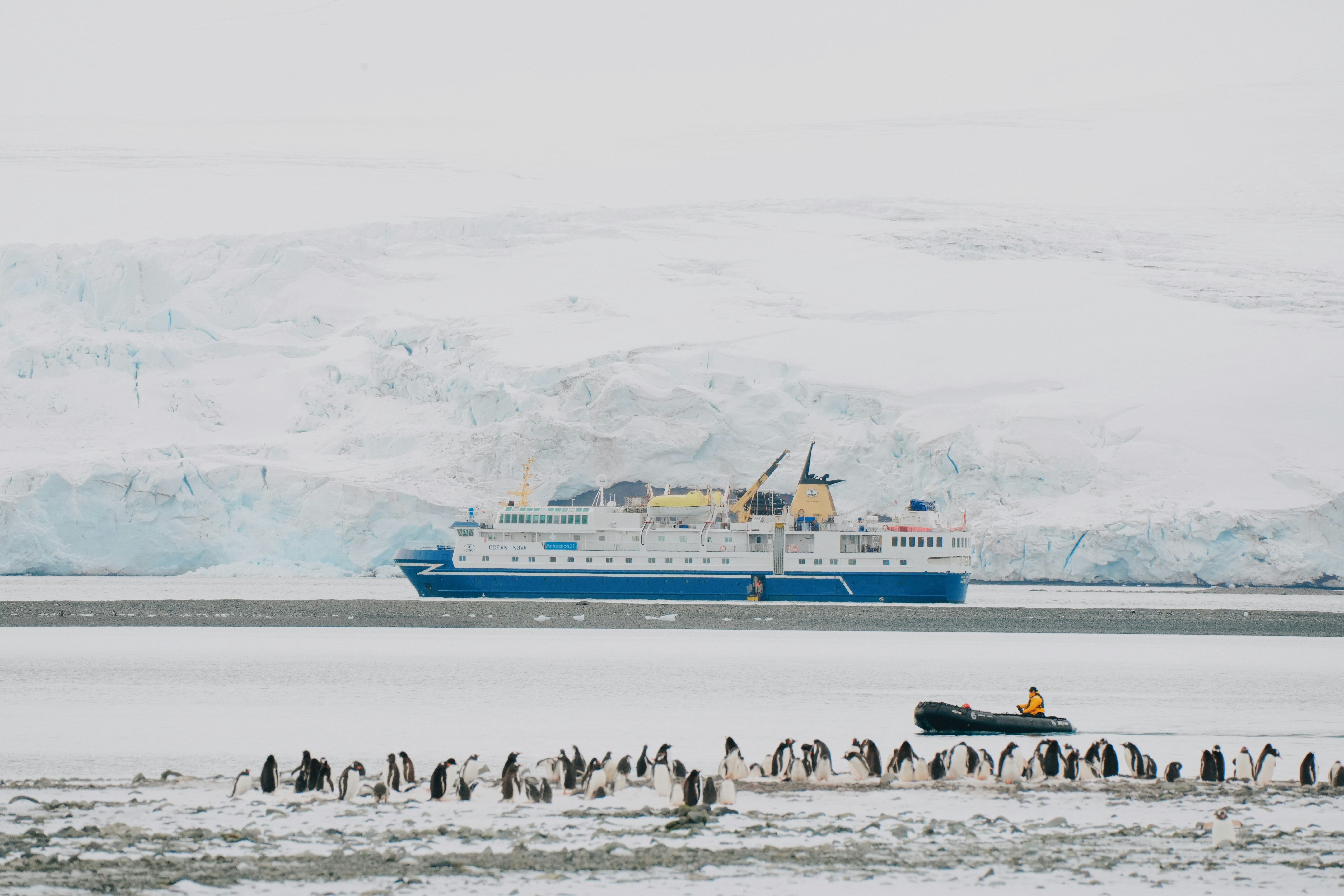Guide to Exploring Antarctica Cruises: What to Expect on Your Journey
Embarking on an Antarctica cruise is a once-in-a-lifetime adventure that offers breathtaking landscapes, unique wildlife encounters, and an unparalleled sense of exploration. As you prepare for this extraordinary journey to the world's southernmost continent, it's essential to understand what lies ahead. This comprehensive guide will walk you through the key aspects of Antarctica cruises, from itinerary planning to onboard experiences, ensuring you're well-prepared for the voyage of a lifetime.

What are typical Antarctica cruise itineraries?
Understanding Antarctica cruise itineraries is crucial for planning your expedition. Most cruises depart from Ushuaia, Argentina, known as the “End of the World.” The journey typically begins with a two-day crossing of the Drake Passage, infamous for its potentially rough seas. Once you reach the Antarctic Peninsula, itineraries often include stops at various islands and landing sites. Popular destinations include the South Shetland Islands, Paradise Bay, and Neko Harbor. Cruises usually spend 4-6 days exploring the Antarctic region before returning via the Drake Passage. Some extended itineraries may also include visits to South Georgia and the Falkland Islands, offering additional wildlife viewing opportunities.
What wildlife can you expect to encounter in Antarctica?
Wildlife encounters are a highlight of any Antarctica cruise. The continent and its surrounding waters are home to a diverse array of species adapted to the harsh polar environment. Penguins are arguably the most iconic Antarctic residents, with several species commonly spotted, including Adélie, Gentoo, and Chinstrap penguins. Marine mammals are also abundant, with seals (such as Weddell, crabeater, and leopard seals) frequently seen lounging on ice floes. Whales, including humpback, minke, and orca, are often observed during the austral summer. Seabirds like albatrosses, petrels, and skuas soar above the ship and nesting sites. It’s important to note that wildlife viewing is subject to seasonal variations and environmental conditions.
What should you pack for an Antarctica cruise?
Packing essentials for an Antarctica cruise require careful consideration due to the extreme climate. Layering is key to staying comfortable in rapidly changing conditions. Essential items include:
-
Waterproof and windproof outer layers (jacket and pants)
-
Insulating mid-layers (fleece or wool)
-
Thermal base layers
-
Warm, waterproof boots
-
Thick socks
-
Warm hat, gloves, and neck gaiter
-
Sunglasses and sunscreen (the sun’s reflection off ice and snow can be intense)
-
Binoculars for wildlife viewing
-
Camera with extra batteries (cold temperatures drain batteries quickly)
-
Seasickness medication for the Drake Passage crossing
Many cruise operators provide some gear, such as boots or parkas, so check with your specific provider before overpacking.
What safety measures and guidelines should you be aware of?
Safety is paramount on Antarctica cruises, given the remote and challenging environment. Expedition teams prioritize passenger safety through rigorous protocols and guidelines. Before landings, passengers attend mandatory briefings covering environmental regulations and safe conduct around wildlife. The International Association of Antarctica Tour Operators (IAATO) sets strict guidelines to minimize human impact on the fragile ecosystem. These include maintaining distance from wildlife, not removing anything from landing sites, and thoroughly cleaning boots between landings to prevent the spread of non-native species. Ships are equipped with ice-strengthened hulls and advanced navigation systems for safe passage through icy waters. Medical facilities and staff are available onboard, though evacuation capabilities are limited in emergencies.
What insights do expedition experts offer for Antarctica cruises?
Expedition experts, including naturalists, historians, and glaciologists, play a crucial role in enhancing the Antarctica cruise experience. These professionals offer invaluable insights through onboard lectures, guided excursions, and informal conversations. They can provide context on the region’s unique geology, ongoing scientific research, and the effects of climate change on the Antarctic ecosystem. Experts often emphasize the importance of flexibility in itineraries, as weather and ice conditions can rapidly change plans. They advise passengers to embrace the unpredictability as part of the adventure and to remain open to unexpected wildlife sightings or scenic opportunities. Additionally, expedition team members stress the significance of responsible tourism practices to preserve Antarctica’s pristine environment for future generations.
How much do Antarctica cruises typically cost?
Antarctica cruises are considered premium travel experiences, with prices reflecting the remote location, specialized ships, and expert-led expeditions. Costs can vary significantly based on factors such as itinerary length, cabin type, and cruise operator. Here’s a general overview of price ranges:
| Cruise Type | Duration | Typical Price Range (USD) |
|---|---|---|
| Standard Antarctic Peninsula | 10-12 days | $5,000 - $15,000 |
| Extended Antarctic incl. South Georgia | 18-23 days | $12,000 - $25,000 |
| Luxury Antarctic Expedition | 10-15 days | $15,000 - $50,000+ |
Prices, rates, or cost estimates mentioned in this article are based on the latest available information but may change over time. Independent research is advised before making financial decisions.
These prices typically include onboard accommodation, meals, and expedition activities. However, they often exclude flights to the embarkation point, travel insurance, and optional extras like kayaking or camping on the continent. It’s important to factor in additional costs such as required gear, gratuities, and pre/post-cruise accommodation when budgeting for an Antarctica cruise.
In conclusion, an Antarctica cruise offers an unparalleled opportunity to explore one of the world’s last true wildernesses. By understanding the itineraries, preparing adequately for the environment, respecting safety guidelines, and leveraging the expertise of expedition staff, you can ensure a rewarding and memorable journey to the frozen continent. Whether marveling at towering icebergs, observing playful penguins, or simply soaking in the pristine landscapes, an Antarctica cruise promises to be an adventure that will stay with you long after you’ve returned home.



